ESSENSEY MULTIVIT FOR HER 2x 90 caps.
✔ 18 active ingredients
✔ Contains collagen and coenzyme Q10
✔ Contains biotin
✔ Biotin helps maintain healthy skin and hair [1]
✔ Tested in an Accredited Laboratory
✔ Easy to swallow capsules
Certified plant:
✔ ISO22000
✔ ISO9001
CONSUMER LAUREL
Contents in: 2 capsules
- Collagen type I hydrolyzate SOLUGEL®: 200 mg
- Green Tea Extract: 100 mg
- CLA (conjugated linoleic acid): 100 mg
- L-carnitine: 100 mg
- Hyaluronic acid: 10 mg
- Coenzyme Q10: 10 mg
- Vit. C: 80 mg
- Niacin: 8 mg
- Vitamin E: 6 mg
- Pantothenic acid: 3 mg
- Vitamin B6: 0.7 mg
- Riboflavin: 0.7 mg
- Thiamine: 0.55 mg
- Vitamin A: 400 μg
- Folic acid: 100 μg
- Biotin: 25 μg
- Vitamin D: 2.5 μg
- Vitamin B12: 1.25 μg
Ingredients: capsule shell [glazing agent (hydroxypropylmethylcellulose)], SOLUGEL® type I collagen hydrolysate, L-carnitine tartrate, vitamins [vitamin C (L-ascorbic acid), maltodextrin, niacin (nicotinamide), vitamin E (DL-alpha-tocopheryl acetate), pantothenic acid (calcium D-pantothenate), vitamin B6 (pyridoxine hydrochloride), riboflavin, thiamine (thiamine monosatate), vitamin A (retinyl acetate), folic acid (preroylmonoglutamic acid), biotin (D-biotin), vitamin D (cholecalciferol), vitamin B12 (cyanocobalamin)], calcium salt of conjugated linoleic acid [80% CLA], green tea extract (Camellia sinensis) [55% EGCG], anti-caking agent (magnesium salts of fatty acids), sodium hyaluronate, coenzyme Q10.
The product may contain: milk, soy, cereals containing gluten, eggs, fish, peanuts and nuts.
Directions for use: 2 capsules daily.
ESSENSEY MULTIVIT FOR HER dietary supplement contains vitamins B6 and B12, which contribute to maintaining proper energy metabolism [1] and biotin, which helps maintain healthy skin and hair.[1]
✔ The dietary supplement contains 18 active ingredients
✔ Contains collagen, coenzyme Q10, hyaluronic acid, CLA, L-carnitine and green tea extract
✔ Contains 25.00 µg of biotin per daily dose
✔ Vitamins B6 and B12 support normal energy metabolism [1], and biotin contributes to maintaining healthy skin and hair. [1]
ESSENSEY dietary supplement contains active ingredients that, when taken regularly:
- Thiamine, vitamin B6, vitamin B12, biotin and vitamin C contribute to maintaining normal energy metabolism [1]
- Riboflavin, biotin and vitamin A help maintain healthy skin [1]
- Biotin helps maintain healthy hair [1]
- Riboflavin, vitamin C and E help protect cells from oxidative stress [1]
- Vitamin A and riboflavin contribute to maintaining normal iron metabolism [1]
- Vitamin D helps in the proper absorption/utilization of calcium and phosphorus [1]
Vitamin B1
It is also called thiamine. Its discoverer is Kazimierz Funk, a Polish scientist who was the first to use the word “vitamin”. [2] Thiamine supports proper energy metabolism and psychological functions. [1] It also helps in the functioning of the nervous system and the heart. [1]
Vitamin B2
Its other name is riboflavin. The biochemist Richard Kuhn is considered to have discovered vitamin B2, having isolated it in 1933. [2] Riboflavin supports the proper condition of the skin and mucous membranes, supports proper vision and contributes to maintaining proper iron metabolism. [1]
Vitamin B3
It is also known as niacin or vitamin PP. It occurs in two basic forms – nicotinic acid and nicotinamide. [2] Niacin can contribute to reducing the feeling of fatigue, supports the proper condition of the skin and mucous membranes and supports energy metabolism. [1]
Vitamin B5
It is also called pantothenic acid. Its rich dietary sources are mushrooms, cauliflower, liver, soy, eggs and yeast. [2,3] Pantothenic acid is one of the components of coenzyme A and contributes to the proper synthesis and metabolism of steroid hormones, vitamin D and some neurotransmitters [1,3]
Vitamin B6
It is commonly known as pyridoxine. It is found in whole grains, vegetables, nuts and meat, but animal products have better bioavailability of vitamin B6. [4] Vitamin B6 supports energy metabolism and protein and glycogen metabolism. [1] It also helps maintain normal homocysteine metabolism and normal cysteine synthesis.[1]
Folic acid
Folic acid is also known as vitamin B9. It was first isolated in 1941 from spinach leaves, which is where its name comes from (Latin: folium – leaf). [5] Folic acid contributes to the proper metabolism of homocysteine and the synthesis of amino acids, and may also support the functioning of the immune system. [1]
Vitamin B12
It is commonly referred to as cobalamin. In food, it is found mainly in animal foods and in smaller amounts in some fermented vegetables and algae. [6] Vitamin B12 supports normal energy metabolism and contributes to normal cell division. [1] Vitamin B12 absorption takes place in the terminal ileum. [6]
Biotin
Biotin is also known as vitamin B7 or H. It is found in foods such as egg yolk, nuts, liver, legumes, milk, cheese, avocado and fish. [7] It has many important functions for the body, but it is best known for its effect on the skin and hair. [1] It also supports energy metabolism and the nervous system. [1]
Vitamin C
Vitamin C is one of the most well-known vitamins with a multifaceted effect on the human body. It was first isolated in 1928 from red peppers, for which its discoverer received a Nobel Prize. [8] Vitamin C helps in the proper production of collagen, which supports the functioning of the skin, blood vessels, bones, teeth, gums and cartilage. [1] It also has an antioxidant effect – it helps protect cells from oxidative stress. [1]
Vitamin E
It is classified as a fat-soluble vitamin. Vitamin E is the general name for a group of organic compounds that include tocopherols and tocotrienols. [9] Vitamin E has antioxidant properties – it helps protect cells from oxidative stress. [1]
Vitamin A
Vitamin A plays many important roles in the human body. It contributes to maintaining proper vision, supports proper iron metabolism and the functioning of the skin and mucous membranes. [1] It is classified as a fat-soluble vitamin and is found in large quantities in oily fish, liver, milk and dairy products, and eggs. [10]
Vitamin D
Vitamin D occurs in the form of ergocalciferol (D2) and cholecalciferol (D3). Vitamin D can be synthesized in the skin under the influence of sunlight or supplied to the body with food. It is also available in the form of dietary supplements. [11] Vitamin D supports the maintenance of healthy bones and teeth, and also supports the proper use of calcium and phosphorus. [1]
Collagen
Collagen is a widespread protein that is one of the major structural components of the dermis. It is also found in bones, cartilage, and tendons. It makes up about one-third of the proteins in the body. The rate of collagen synthesis in the skin changes with age. [12]
Green Tea Extract
Green tea (Camellia sinensis) is an evergreen shrub that naturally occurs in tropical and subtropical climates. Green tea leaves contain many components, such as polyphenols, flavonoids, phenolic acids, and purine alkaloids.[13] The main and most well-known active ingredient in green tea is considered to be epigallocatechin gallate (EGCG), which is classified as a polyphenol.[15]
CLA
CLA is a conjugated linoleic acid. Linoleic acid is classified as an omega-6 fatty acid. [13] Conjugated linoleic acids are isomers of linoleic acid that have double bonds located close to each other. [14] CLA occurs naturally, for example, in the meat of “ruminants” and in dairy products.
L-carnitine
L-carnitine is an organic chemical compound that is synthesized from amino acids – lysine and methionine, in the liver, kidneys and brain. [17] It occurs in the form of two isomers L and D, but only L-carnitine has biological activity. [17] In the past, it was called vitamin BT, but is now classified as a vitamin-like substance. In the human body, it occurs mainly in the muscles: skeletal and cardiac. [17]
Hyaluronic acid
It is a compound widely distributed in nature, which occurs naturally in living organisms. [16] It is found in the skin in the largest amounts and physiologically occurs in the form of sodium salt – sodium hyaluronate. [16] Its amount in the body changes with age. [16] Hyaluronic acid is a popular ingredient in cosmetics.
Coenzyme Q10
Coenzyme Q10 is a compound that occurs naturally in the human body and is produced in sufficient quantities under homeostasis conditions.[18, 19] Its main role is to participate in mitochondrial electron transport in the respiratory chain.[19] It is also called ubiquinone or vitamin Q, although it is currently classified as a vitamin-like substance.[19]
1. COMMISSION REGULATION (EU) No 432/2012 of 16 May 2012 establishing a list of permitted health claims made on foods other than those referring to the reduction of disease risk and to children’s development and health
2. Gryszczyńska, Agnieszka. “B vitamins – natural sources, role in the body, effects of avitaminosis.” Postępy Fitoterapii 4/2009.
3. Bilska-Wilkosz, Anna. “Coenzyme A: participation in metabolism and possibilities of pharmacological action.” (2003).
4. Daszkiewicz, Magdalena. “The role of nutrition in the prevention and treatment of selected skin diseases.” Aesth Cosmetol Med. 2021;10(4):175-179.
5. Cieślik, Ewa, and Anna Kościej. “Folic acid–occurrence and importance.” Problemy Higieny i Epidemiologii 93.1 (2012): 1-7.
6. Kosmider, A., and Katarzyna Czaczyk. “Vitamin B12-structure, biosynthesis, functions and determination methods.” Food Science Technology Quality 17.5 (2010): 17-32.
7. Kowalska, Aleksandra, Julia Bartkiewicz, and Katarzyna Dettlaff. “Biotin–facts and hopes.” Farm Pol 78.7 (2022): 403-411.
8. Janda, Katarzyna, Magdalena Kasprzak, and Jolanta Wolska. “Vitamin C–structure, properties, functions and occurrence.” Pom. J. Life Sci 61.4 (2015): 419-425.
9. Zielińska, Aleksandra, and Izabela Nowak. “Tocopherols and tocotrienols as vitamin E.” Chemik 68.7 (2014): 585-591.
10. Zaborska, A., J. Król, and A. Brodziak. “Vitamin A–functions and importance for humans.” Food Industry 69.7 (2015): 36-38.
11. Dittfeld, Anna, et al. “Multidirectional action of vitamin D.” Annales Academiae Medicae Silesiensis. Vol. 68. No. 1. Silesian Medical University in Katowice, 2014.
12. Żelaszczyk, Dorota, Anna Waszkielewicz, and Henryk Marona. “Collagen–structure and application in cosmetology and aesthetic medicine.” Estetol. Med. Kosmetol 2.1 (2012): 14-20.
13. Achremowicz Konrad, Katarzyna Szary-Sworst. “Polyunsaturated fatty acids as a factor improving human health.” Food Science Technology Quality 12.3 (2005).
14. Czochralska-Duszyńska, Agata, et al. “Conjugated linoleic acids in the therapy of selected diseases—facts and controversies.” Metabolic Disorders Forum. Vol. 6. No. 1. 2015.
15. Kania, Małgorzata, and Justyna Baraniak. “Selected biological and pharmacological properties of green tea (Camellia sinensis (L.) O. Kuntze).” Post. Fitoter 1 (2011): 34-40.
16. Olejnik, Anna, Joanna Gościańska, and I. Nowak. “The importance of hyaluronic acid in the cosmetics industry and aesthetic medicine.” Chemik 66.2 (2012): 129-135.
17. Matwiejuk, Anna. “L-carnitine-functions and application.” Annals of Science (2010): 140.
18. Czernic, Aleksandra, et al. “The effect of coenzyme Q10 supplementation on the enzymatic antioxidant defense of red blood cells in healthy individuals.” Probl Hig Epidemiol 92 (2011): 632-635.
19. Siemieniuk, Ewa, and Elżbieta Skrzydlewska. “Coenzyme Q10–biosynthesis and biological significance in animal and human organisms.” Progress in Hygiene and Experimental Medicine 59 (2005).
Manufacturer address:
Inżyniera Jana Śmidowicza 48, 81-127 Gdynia, Poland


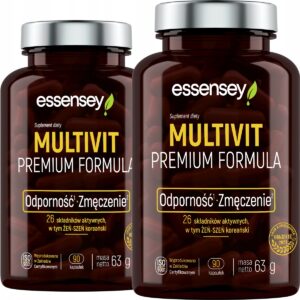



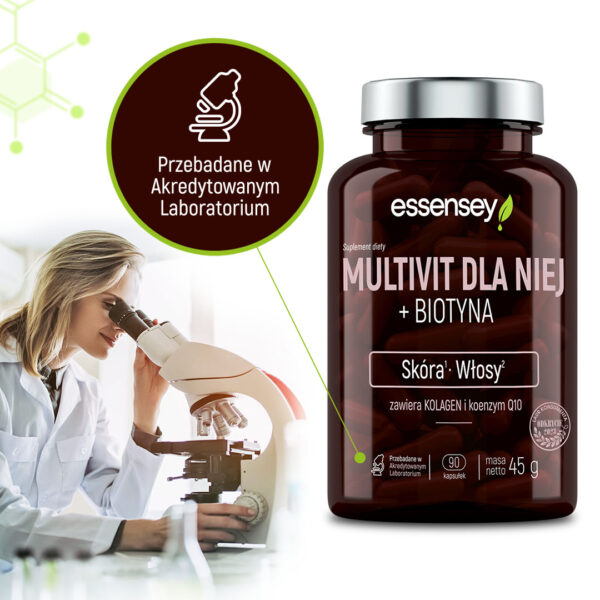



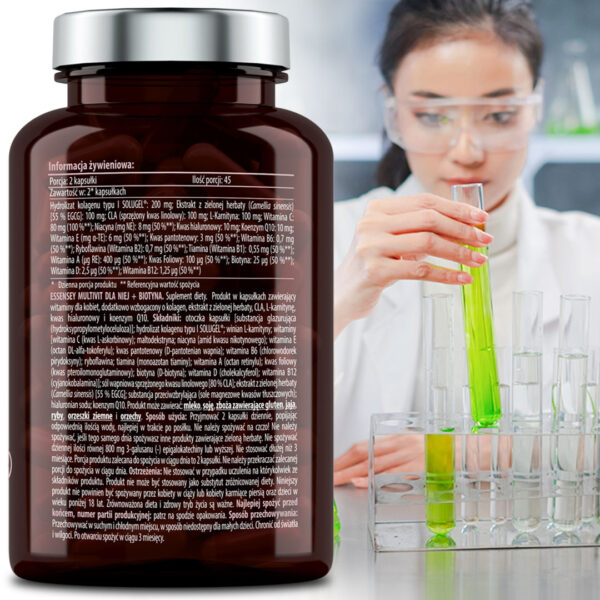



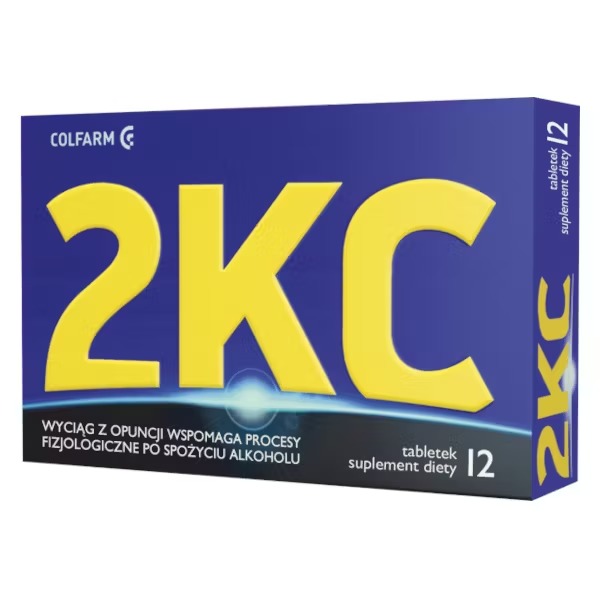
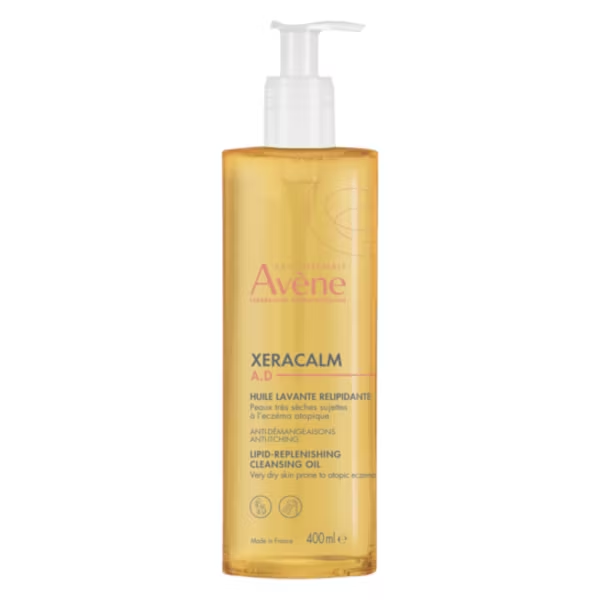


























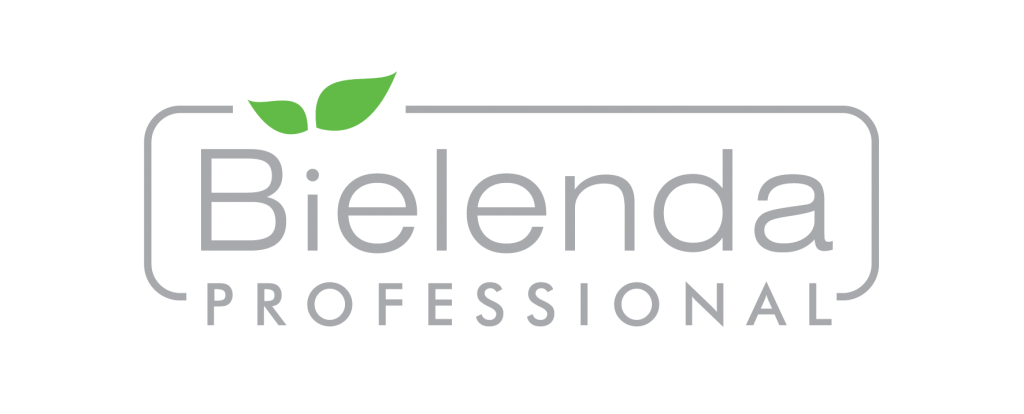

Reviews
Clear filtersThere are no reviews yet.